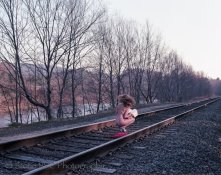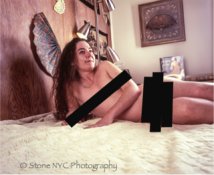With regard to skin tones me thinks you are buying into a stereotype that is flawed. Here are three random Ektar based portraits off the top half of the first page of an "Ektar Portrait" search at Flickr.
https://www.flickr.com/photos/37556068@N06/5044330769
https://www.flickr.com/photos/barushev/4964404797
https://www.flickr.com/photos/kseniya_bulavko/6125592076
And there were plenty more that were nice.
Granted there are a fair number that green, red, over saturated, and otherwise poorly presented shots... but those failures are because of human choices, not a failure of Ektar per se.
Similarly, I met a National Geographic photographer a few years ago at his book signing at a local bookstore. He was living here locally in the Durango CO area and Durango being a sleepy town that day we got to talking. The only film he ever used in his entire career was Fuji Velvia, nothing else, and yes he did more than a few portraits in his time. Velvia like Ektar has been pigeon holed into landscape status by many.
The point I'm making is that it's not the film that makes the shot.
If your primary interest is vivid landscape work then Ektar is a great choice and it can probably be made to work nicely for your secondary interests as well. That NG photographer's bread and butter and passion was for landscape but with experience he had figured out how to make his one film choice do everything he needed. Minimizing film choices reduces confusion when you reach into your pocket for another roll.
As to CostCo, yeah, ya gets what ya pays for.











 but it doesn't ruin the print.
but it doesn't ruin the print. ... I got the film developed for $1.89 though
... I got the film developed for $1.89 though 




